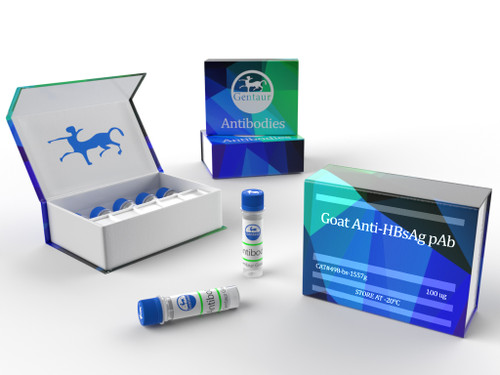Product Overview
HBsAg Antibody
Quality Level
100
biological source
mouse
conjugate
unconjugated
antibody form
purified immunoglobulin
antibody product type
primary antibodies
clone
HB5, monoclonal
form
buffered aqueous solution
species reactivity
hepatitis B virus
concentration
1 mg/mL
technique(s)
ELISA: suitable
immunocytochemistry: suitable
Hepatitis B surface antigen (HBSAg) and antibodies to both the surface and core antigens of the hepatitis B virus (anti-HBS and anti-HBC) have been studied in 64 consecutive cases of fulminant hepatitis. HBSAg was detected by counterelectrophoresis in 23 (35-9%) but by radioimmunoassay in 38 (59-3%). Anti-HBS was detected by passive haemagglutination in 26 (40-6%), coexisting HBSAg and anti-HBS were found in 16 cases (25%).
Using an indirect immunofluorescence technique, anti-HBC was found in all of the cases in whom either HBSAg or anti-HBS was present. The highest survival rate was observed in patients with no evidence of HBV infection (31-3%) and was lowest in those who had both HBSAg and anti-HBS detected simultaneously (6-2%).
The prognosis of those who exhibited anti-HBS only was no better than those with HBSAg alone. In a further case, transient interruption of the asymptomatic chronic HBSAg carrier state with seroconversion to anti-HBS was associated with the development of a fulminant hepatitis syndrome.
The results suggest that an unusually strong and rapid immune clearance of HBSAg may be involved in the pathogenesis of fulminant hepatitis.







